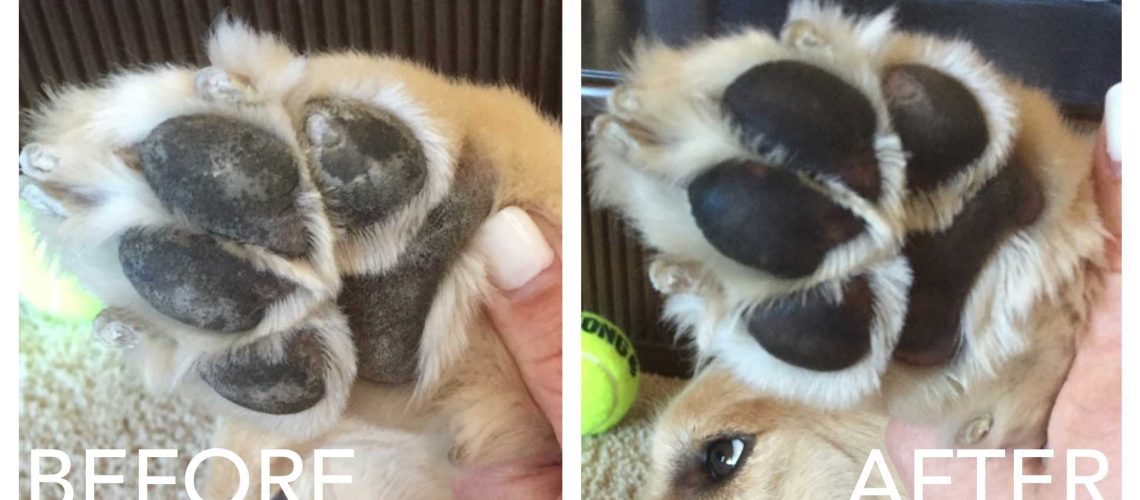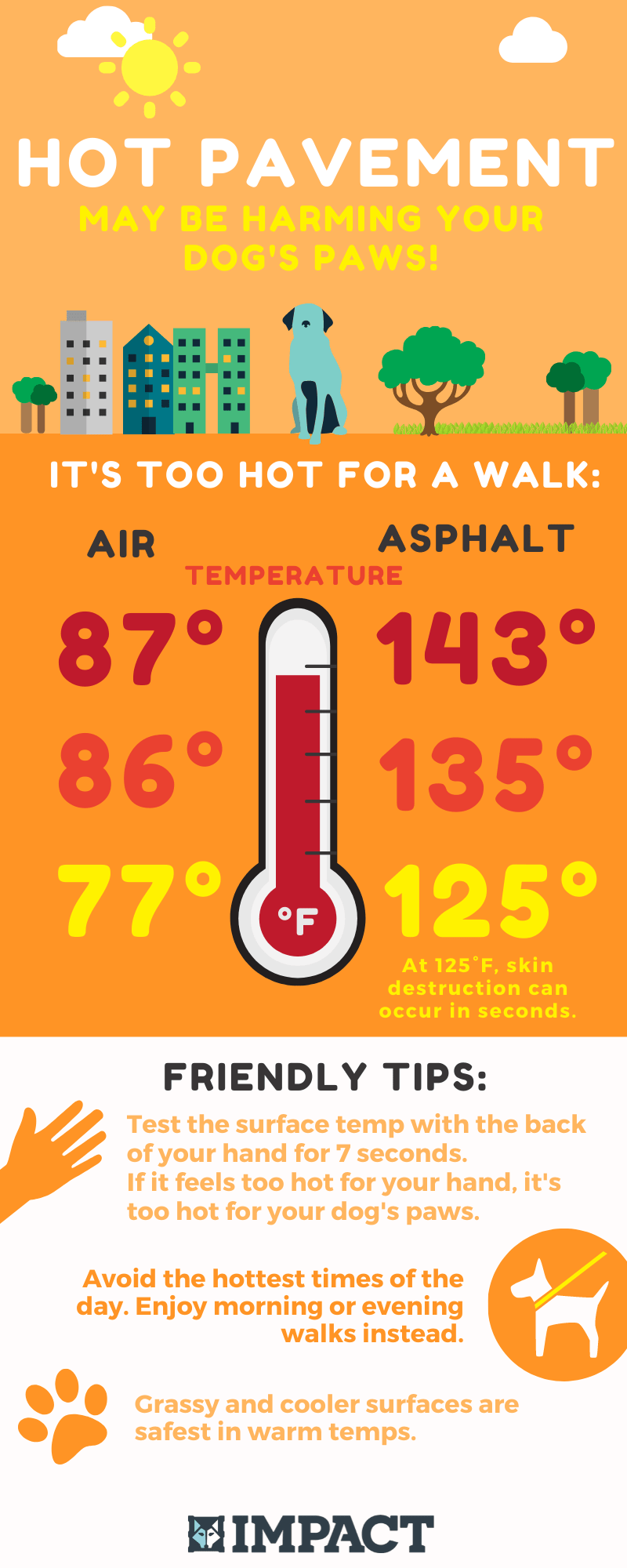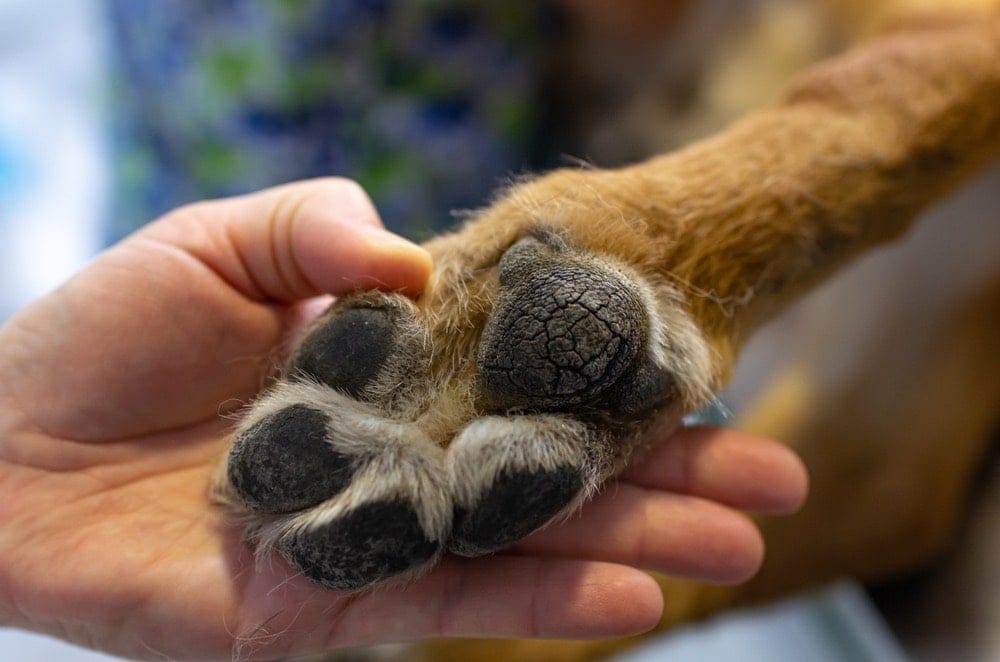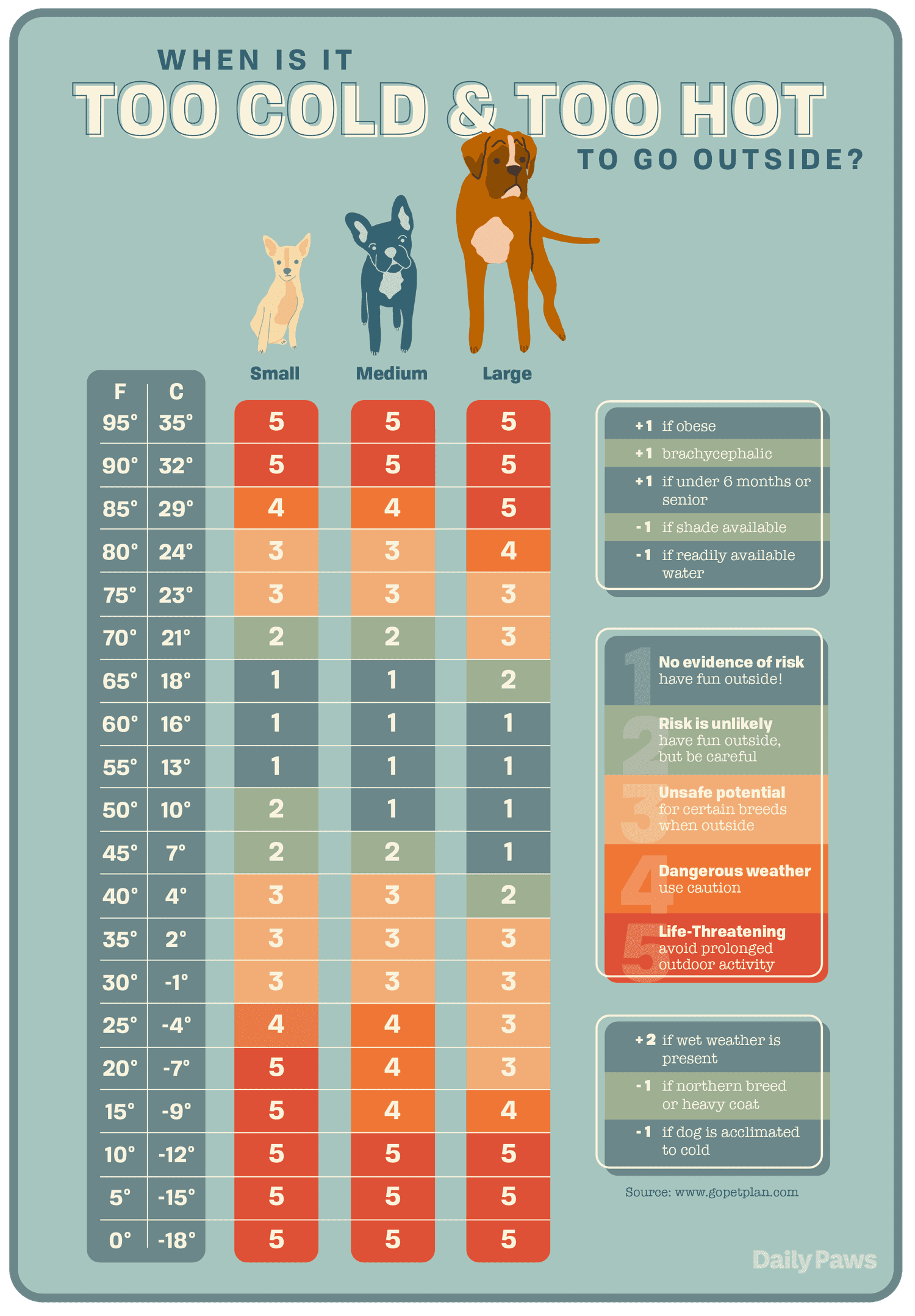Key Takeaways:
- Dog paw burns can be caused by hot pavement, chemicals, or fire-related accidents.
- It is important to regularly check your dog's paws for signs of burns, such as blisters or redness.
- Immediate treatment for paw burns includes rinsing the affected area with cool water and applying a vet-recommended ointment.
- To prevent paw burns, avoid walking your dog on hot pavement during peak hours and provide them with protective booties if necessary.
- If you suspect a severe burn or your dog shows signs of pain or infection, seek veterinary attention promptly.
Are you a dog lover? Do you want to keep your furry friend safe and happy? Then, understanding the topic of dog paw burns is essential for you. Imagine this: it's a scorching summer day, and you decide to take your canine companion for a walk on the hot pavement. Little did you know that those innocent-looking sidewalks could be causing serious harm to your dog's paws. But fear not, because by delving into this subject, you'll discover valuable information that will help protect your four-legged friend from painful burns and injuries. In fact, did you know that over 50% of dogs experience paw burns at some point in their lives? By learning about the causes, symptoms, and prevention methods of dog paw burns, you'll become an expert in safeguarding your pup's precious paws. So let's dive right in and ensure that every step your furry friend takes is a safe and joyful one!
How Do Dogs Get Burns on Their Paws?
Understanding the Causes of Paw Burns
Dogs can get burns on their paws from various sources. One common cause is hot surfaces, such as pavement or sand that has been heated by the sun. When dogs walk on these surfaces for too long, the heat can transfer to their paw pads and cause burns. Another cause of paw burns is exposure to chemicals or irritants, like road salt or cleaning products. These substances can be harmful to a dog's sensitive paw pads and lead to burns.
In addition, dogs can also get burns from open flames or hot objects. For example, if a dog gets too close to a bonfire or steps on a hot grill, it can result in burns on their paws. It's important for pet owners to be aware of potential hazards in their environment and take precautions to prevent paw burns.
Common Causes of Paw Burns in Dogs
Hot Surfaces
Hot surfaces are one of the most common causes of paw burns in dogs. When the weather is warm, pavement, sand, or asphalt can become scorching hot under the sun. Dogs' paw pads are not well insulated and can easily burn when exposed to these surfaces for an extended period. To protect your dog's paws, it's best to avoid walking them during peak heat hours and opt for grassy areas instead.
Chemicals and Irritants
Chemicals and irritants found in road salt, cleaning products, or other substances can also cause paw burns in dogs. When dogs come into contact with these substances, they may experience irritation or even chemical burns on their paws. It's essential to keep your dog away from areas where chemicals have been applied, and if your dog accidentally steps on a chemical spill, rinse their paws with clean water immediately.
Open Flames and Hot Objects
Dogs can also get burns from open flames or hot objects. If a dog gets too close to a bonfire, fireplace, or hot grill, it can result in burns on their paws. It's crucial to keep an eye on your dog when around these potential hazards and create a safe distance to prevent accidents.
Signs and Symptoms of a Dog Paw Burn
If your dog has sustained a paw burn, there are several signs and symptoms you should look out for:
- Limping or favoring one paw
- Paw pads that appear red, swollen, or blistered
- Pain or sensitivity when touching the affected paw
- Licking or chewing at the paw excessively
- Reluctance to walk or engage in physical activity
If you notice any of these symptoms in your dog, it's essential to take action promptly to provide them with relief and prevent further complications.
Treating Minor Paw Burns at Home for Your Dog
If your dog has a minor paw burn without severe symptoms like blisters or excessive swelling, you can try treating it at home. Here are some steps you can take:
- Clean the affected area gently with mild soap and lukewarm water.
- Apply an over-the-counter antibiotic ointment to prevent infection.
- Cover the burn with a sterile non-stick pad and secure it with a bandage or self-adhesive wrap.
- Keep your dog from licking or chewing the bandaged paw by using an Elizabethan collar or a specially designed paw boot.
- Monitor the burn for signs of improvement, such as reduced redness and swelling.
- If the burn doesn't show signs of healing within a few days or if your dog's symptoms worsen, consult a veterinarian for further evaluation and treatment.
When to Seek Veterinary Care for a Dog with a Paw Burn
In some cases, a paw burn may require professional veterinary care. You should seek veterinary attention if:
- The burn is severe, with blisters, deep tissue damage, or excessive swelling
- Your dog is in significant pain or shows signs of distress
- The burn covers a large area of the paw or multiple paws are affected
- You notice signs of infection, such as pus or foul odor
- Your dog's overall health deteriorates, including loss of appetite or lethargy
A veterinarian will be able to assess the severity of the burn and provide appropriate medical treatment to ensure proper healing and prevent complications.
Preventive Measures to Protect Dogs from Paw Burns
To protect your dog from paw burns, there are several preventive measures you can take:
- Avoid walking your dog on hot surfaces during peak heat hours. Stick to grassy areas instead.
- Use protective paw balms or boots when walking your dog on hot pavement or in extreme weather conditions.
- Rinse off your dog's paws after walks to remove any potential irritants like road salt.
- Keep your dog away from open flames, hot grills, or other hot objects.
- Regularly inspect your dog's paws for any signs of irritation or injury.
By taking these preventive measures, you can reduce the risk of paw burns and keep your furry friend safe and comfortable.
In conclusion, it is important to protect our furry friends' paws from burns. By being mindful of hot surfaces and providing them with proper care, we can ensure their safety and keep them happy and healthy.
How do I treat my dogs burned paws?
To alleviate the discomfort of mildly burned dog paws, you can place the injured paw in cold water or apply a cold wet cloth to the pads. Afterward, gently pat the feet dry and consider applying antibacterial cream or paw balm.
How long does it take for a burn on a dog's paw to heal?
The healing time for burnt paw pads can differ based on the extent of the burn. Typically, minor burns can take about 7-10 days to heal, while more severe burns may require several weeks or more. It is crucial to keep the affected paw clean, dry, and shielded from additional harm during the healing process.
What do paw pad burns look like?
Although there are various factors that can result in these symptoms, a burn is usually visible without the aid of any tools or equipment. Even pads that are naturally black in color can become red and develop ulcers when burned. Typically, walking on hot concrete or pavement can lead to blisters forming on the pads, which may fill with fluid and burst a few days after the initial exposure.
How do you treat a burn on a dog's paw naturally?
Natural remedies can be used to treat minor burns on your pet's paws. One option is to apply a soothing paw balm that contains ingredients like aloe vera and coconut oil. This will provide protection and aid in the healing process. Another method is to soak the paws in cool water multiple times throughout the day to provide relief and promote healing.
Can you put Neosporin on burned dog paws?
According to many veterinarians, minor wounds in dogs often heal well without the use of topical medications, as long as the dog does not lick the affected area. It is advisable to clean the wound and consult with a veterinarian for guidance, and it is generally recommended to avoid applying products like Neosporin unless specifically advised by a vet.
Can I put Vaseline on my dogs burnt paws?
Can you use petroleum jelly on dog paws? Absolutely! We suggest using a paw balm like Paw Soother or Musher's Secret, but if you don't have those on hand, petroleum jelly will work just as well.

















